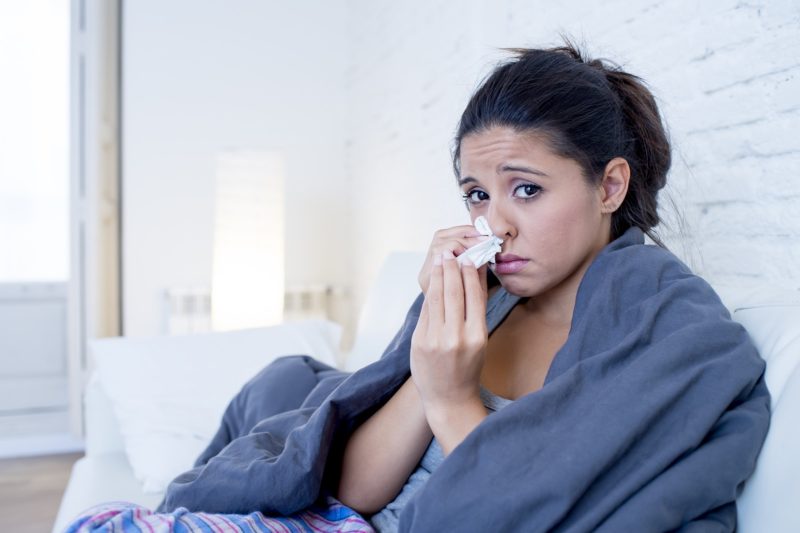Sick building syndrome is considered an illness brought about by the chemical, physical, or biological agents found in buildings. The affected individuals can experience a number of nonspecific symptoms without an identifiable cause, including nausea, fatigue, and headaches.
If you notice temporary symptoms that are active while inside a building, but that suddenly disappear once you’re outside, the cause could possibly be sick building syndrome. Read about some of the symptoms and causes of this illness and how building owners in the greater Georgia area can prevent this common problem.
Symptoms of Sick Building Syndrome
Air problems may occur when a building is used in a manner that is inconsistent with its original design or because of the occupant’s activities in the building. Symptoms of sick building syndrome include acute discomfort such as headaches; dry or itchy skin; dry coughing; dizziness and nausea; eye, nose, and throat irritation; fatigue or difficulty concentrating; and sensitivity to odors.
The causes of these symptoms are unknown, and most of the symptoms are relieved once the complainants leave the affected building. Usually, a number of occupants experience these symptoms. The symptoms do not allow the occupants to do their activities in a comfortable way. Therefore, by noticing these symptoms, you can take the steps to remove them.
Causes of Sick Building Syndrome
Inadequate ventilation. Beginning in the 1970s, ventilation standards were reduced, given the energy crisis, and air leakages were sealed. Poor ventilation may also be caused by air conditioning and heating systems not distributing air effectively throughout the building. The ventilation standard has been increased in recent years, depending on the activities done inside the building.
Indoor Chemical Contaminants. Indoor air pollution comes from the materials used inside the building, including paint, carpets, adhesives, and cleaning agents to name a few. These materials, made of various chemicals, can trigger health effects on the occupants. Other respirable particles can come from gas heaters, woodstoves, and fireplaces.
Outdoor Chemical Contaminants. The location of the building in question is important to determine possible contaminants from outside. The building could be located near industrial plants, or there could be a lot of pollution from motor vehicles. The outdoor contaminants can easily enter the building because of poorly located vents and other openings.
Biological Contaminants. Another contaminant to look out for within the building is biological. Contaminants such as viruses, pollen, molds, and bacteria can breed inside the HVAC system’s duct systems, humidifiers, or drain pans where there is stagnant water. This can also occur when water has collected in insulation, carpeting, or ceiling tiles. The symptoms related to this type of contaminant also include chest tightness, fever, and allergic reactions such as congestion.
Sick Building Syndrome Treatment
There are ways you can treat sick building syndrome and improve the quality of life in the contaminated building. Following these steps with the help of a professional will allow those in the building to stay comfortably inside without experiencing the symptoms.
Remove Pollutants. Remove mold and bacteria, as well as storing paints, adhesives, and pesticides in well-ventilated areas. This can contribute to reducing pollutants inside the building. Allow time for new paint and other contaminants to settle before entering the new or remodeled areas in the building. Moreover, using these materials when there is no occupancy is best practice.
Increasing Ventilation. By having a routine maintenance of HVAC systems, you can be sure the cause of this syndrome is not the HVAC system. The air conditioning and heating systems should be designed in a way to meet ventilation standards. Simple and important steps such as frequently replacing air filters and cleaning the HVAC system can improve the air and ventilation. A local exhaust ventilation might be needed to remove pollutants.
Sick building syndrome is a preventable one. Building owners should consider having a professional look at the air quality indoors. They can see what might be the cause of pollutants. Byrd Heating and Air Conditioning can assist to improve your air quality and take a look at your HVAC system for maintenance, repair, or installation. Visit our website or give us a call at 912-373-8447.
Image provided by Bigstock


